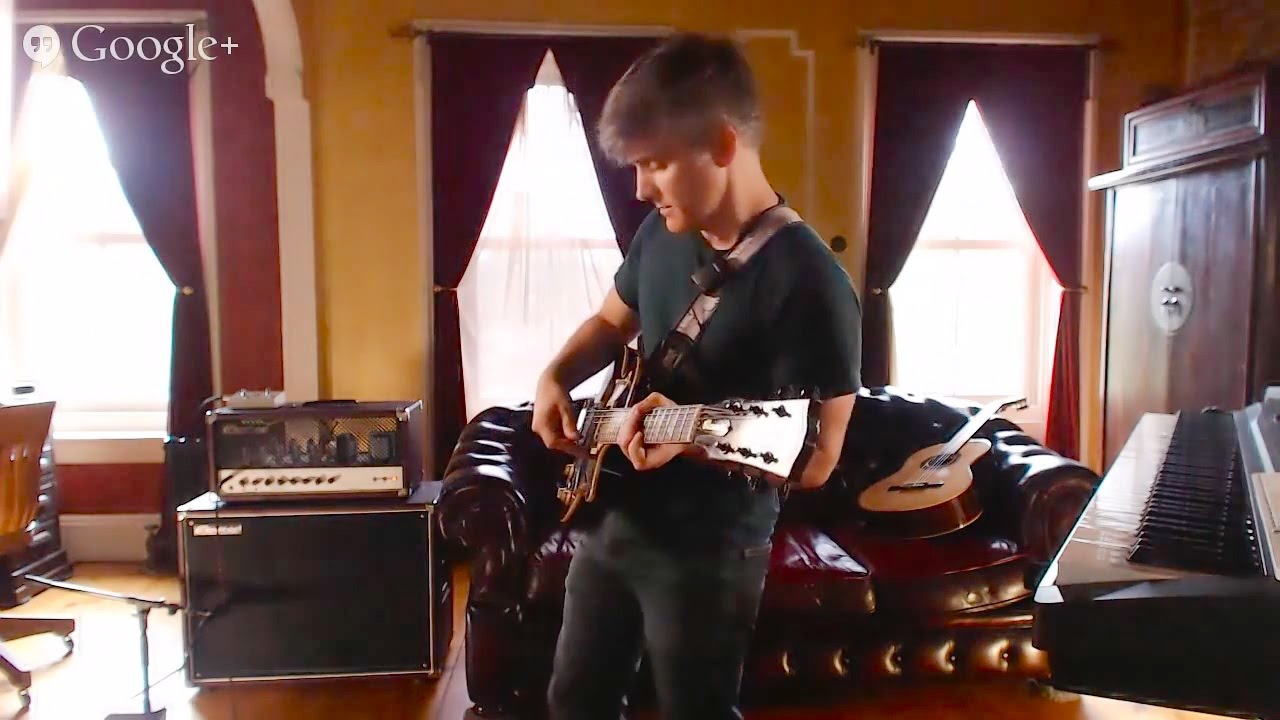It may be not clear from the picture, but my palm was actually lying before saddles (may be half an inch from the saddle on the lowest E). The reason why I don’t move it further to neck is because I play mostly in heavy style so I have to switch quickly between muting as noise-preventing technique and muting-all-the-way. Though I move it more to neck when playing sweep arpeggios sometimes. Anyway, even this position is enough to mute those nasty resonances.
First of all, and that’s what I constanly talking about in topics related to anchoring: I use anchoring as a reference point, not as a support. It just helps me to know where my hand is at the moment. No pressure, just slight touching. My support point is at the edge of guitar body actually.
Second, I mute only those strings that are higher that one that I’m picking at the moment. Once again, it may be not obvious from the photo, but I actually was muting only E and A strings. D-string was umuted (though it should be since I was playing on G). My palm edge doesn’t go flat all the way across strings. I guess that’s one of the reasons why I don’t like a grip with all fingers flexed.





